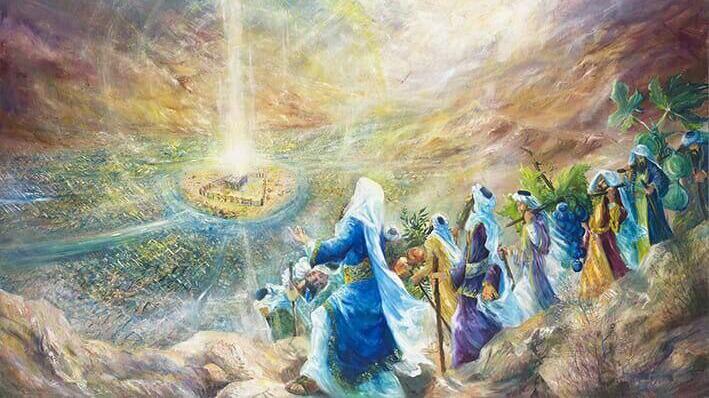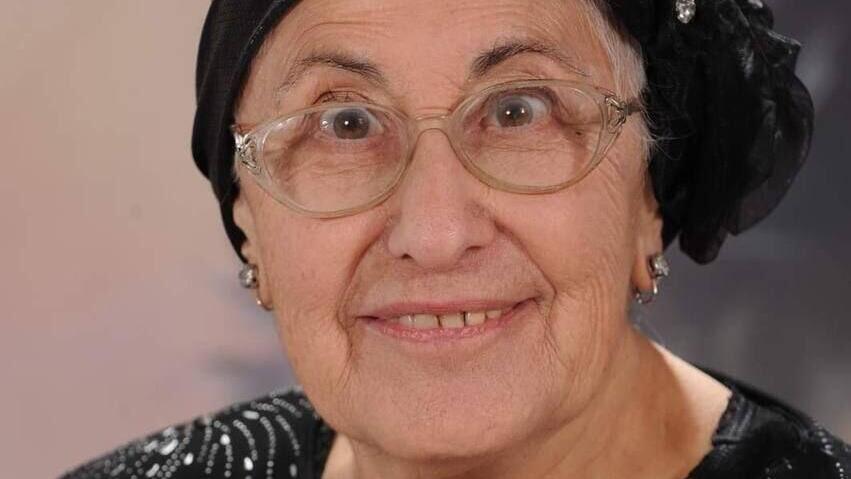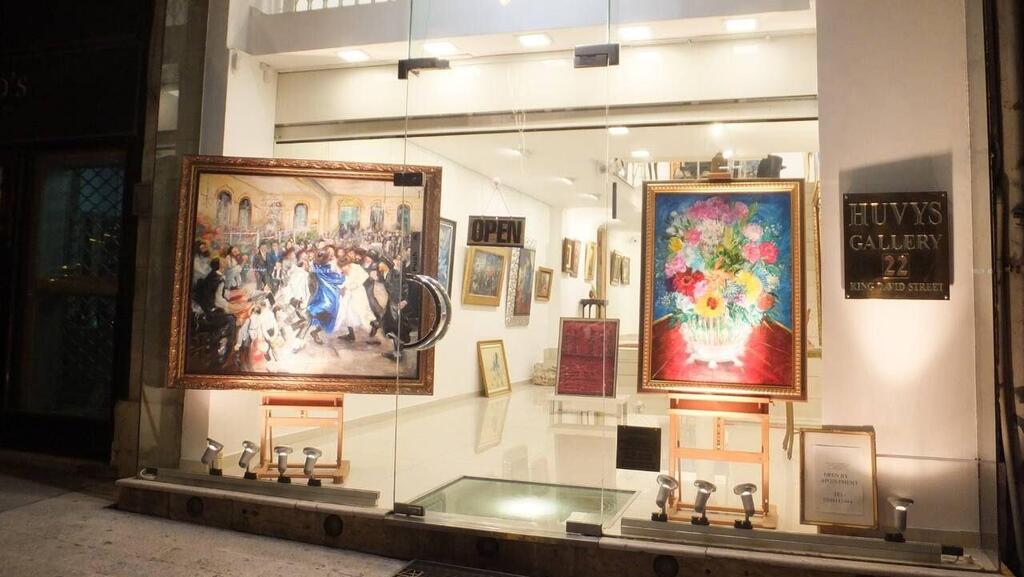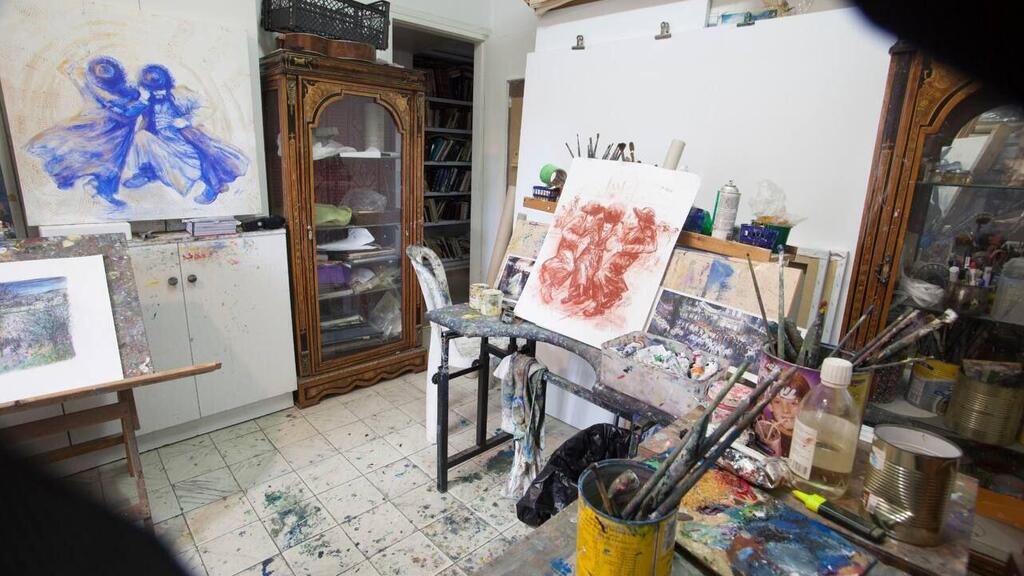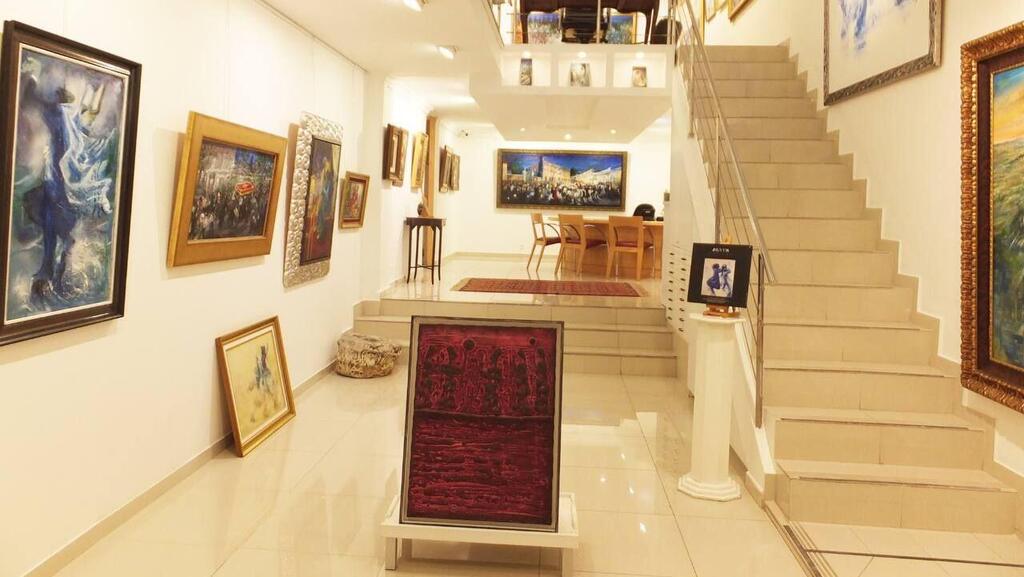A new exhibit by highlighting the stunning art of the late Ahuva (Huvy) Elisha, a Jerusalem native, opened at Huvy’s Gallery on Monday, right in the heart of the capital on the anniversary of the ultra-Orthodox artist's passing.
The exhibit, titled “Jerusalem of the Heart,” celebrates the magnificent art of one of Elisha’s greatest lifelong inspirations as a Haredi woman: Jerusalem.
From Jerusalem’s unique winding roads and ancient history, to its colorful and diverse communities, to its beating heart as the capital of the Jewish state, Elisha’s passion for the city, her home and her place of both birth and death, is brilliantly captured through her paintings.
At first glance, it might be surprising to see impressionist style, European-trained paintings of Jewish life, in particular from an ultra-Orthodox woman from the heart of Mea Shearim neighborhood, but what makes Elisha’s art so special is not just the meticulous skill and talent evident through her lifelong work, but also her unique inspirational life story.
Elisha was born in Jerusalem in the Bukharian quarter to a family of many rabbis. Due to her father’s work, she relocated to Europe at age six – first Austria, then Prague, and later London.
World War II forced her to relocate again to Devonshire, in south west England. This global experience growing up in different cultures, as a religious Jew, deeply influenced Elisha’s work, and in fact presented a unique opportunity to hone her natural talent for art.
It was in Devonshire as a young girl that Elisha’s headmistress noticed her affinity for the arts. She encouraged her to continue painting and ultimately assisted her in studying at the prestigious St. Martin’s School of Art and Design in London, where she learned multiple art forms: impressionism, realism, and post-impressionism. At only 14, Elisha was the youngest student ever to be accepted.
Elisha later married and lived in London, with a short stint in Herzliya, Israel — but always carried with her the yearning to return home to Jerusalem. At 35, her grandson says she began to paint professionally as her career, and she ultimately returned to Israel for good in 1968, making Aliyah with her entire family and continued painting until her 90s in Mea Shearim.
Her grandson, Yishai Elisha, explained that precisely because Mea Shearim was a center of Jewish life and joy, Huvy chose to live there for artistic inspiration upon her return to Israel — incidentally down the street from the Jerusalem home she was born in.
Despite living in London during WWII, and experiencing multiple close calls as a result of the Blitz, Elisha’s paintings incorporate elements of multiple styles but always have a common theme of life and color, highlighting the joy of life even in some of the darkest times of humanity.
“Huvy was a very happy person and because of that, she loved to paint joyful celebrations of all kinds,” said Elisha’s grandson, Yishai.
Elisha has been praised for her ability to find and share joy both as a person, and through her paintings, which is one of the factors making her vibrant paintings so popular. Her grandson Yishai told Ynet that people of all faiths, including Muslims from Indonesia, as well as art lovers from all over the world, have been touched by Elisha’s ability to spread joy through her paintings.
Her grandchildren opened up Huvy’s Gallery in Jerusalem over 35 years ago, as a place to display all her paintings. After her passing in 2022, her grandchild decided to host an exhibit highlighting her work on Jerusalem.
When it comes to her paintings of Jewish life and of Jerusalem, which was always near to her heart, it was Judaism itself that inspired much of Elisha’s later work, depicting the vitality of Jewish life.
While Elisha painted incredible landscapes, some of her most moving work focuses on showing the celebration of Jewish life from weddings to colorful picturesque scenes in Jerusalem, and her work has reached global audiences and is internationally revered, with some of her work being sold at auctions for six-figure sums.
Elisha is also one of the only ultra-Orthodox women to achieve such a level of international success as an artist.
One of her most known and beloved works is “The Spy Picture” which is meant to evoke the question of what light the spies will “paint” the land of Israel in.
The painting was prominently displayed in the U.S. Embassy for many years before former U.S. Ambassador David Friedman returned the painting after the passing of Elisha. The painting valuation is estimated to be $1,200,000.
Today, Elisha’a paintings continue to be widely considered among the most impressive and beloved works of art in Israel.
The exhibit “Jerusalem of the Heart” opens February 13 and can be seen at Huvy’s Gallery, King David St. 22, Jerusalem.


